MINI Cooper
Success Of MINI Cooper Cars!
Classic MINI Cooper Cars
MINI Cooper Cars Parts 1
Furthermore, the United Kingdom, USA and Germany are the countries with the highest turnover. Strangely, the United Kingdom and the United States about the same amount, even if to sell the machine made in England. And the United Kingdom, where open tops are very popular, about a quarter of the MINI Convertible sold.
BMW shows that sales are brisk and the company does not keep large stocks, my shifts at the factory to add if you need to increase production capacity. direct competition with the Mini in the United States is the Toyota Scion, despite the fact that the Mini is rated higher on a few thousand dollars. Industrial tests have shown that the best MINI car was very well in crash tests. In addition, both the U.S. and Canada, MINI offers the opportunity to "Build Your Own" model.
One of the interesting moves this mini is that it is a small car, without the image of a small car. Smaller cars are usually found with a small budget, but the MINI is a class that has many interior, looking, and actually sold for a higher price than most small cars. Yuppies in search of a "picture" mini-drive, mothers lead with young children, the new Clubman, the MINI are always guys in the school, and seniors who remember fondly the early models and wish the new venture, which has risen BMW and shaped the original. Then, the convertible will reach a different type of driver that you try a sexy machine.
According to some analysts, it may have difficulty in attracting new customers to the brand. It seems that the buyers are usually people who already own a MINI. But once again had to start somewhere, too. Something they converted the first time. The recent introduction of the Clubman in the U.S. market, hopes this problem by alleviating to a different segment of the market for vehicles. According to promotional materials, MINI, the new MINI Clubman specifically do for the active and passionate individualist developed consciously stand out. "
The MINI Cooper offers the chance to drive some, a car that does not look like their parents' vehicles. For example, he treated like an SUV, but has no corresponding price tag and not as a "great evil face in the vehicle." It looks modern, playful and fun for many.
The only obvious disadvantage for the MINI is a few guys that the car is also nice to drive!
Related : MINI Cooper Cars ~ MINI Cooper Cars The Different MINI Models Parts 1

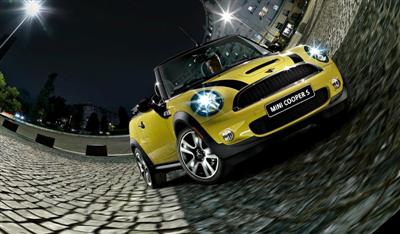
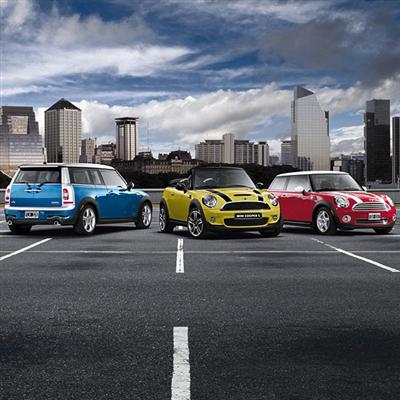

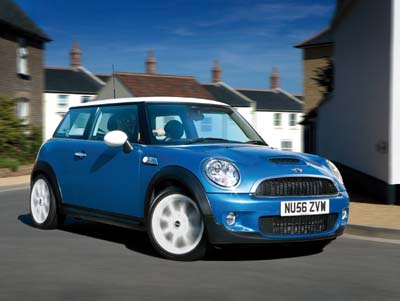
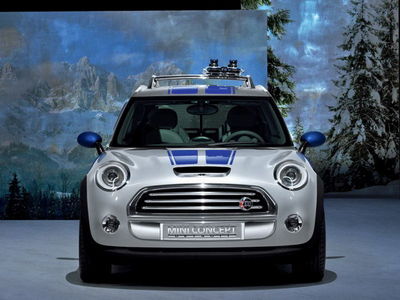



























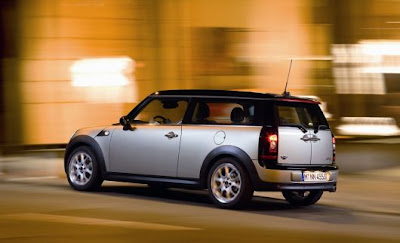


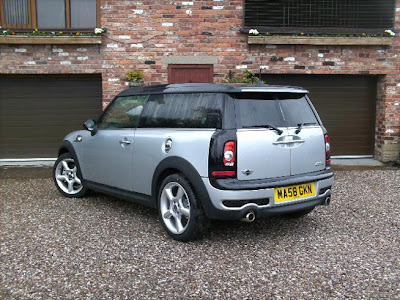

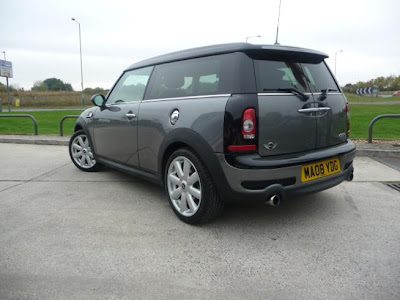


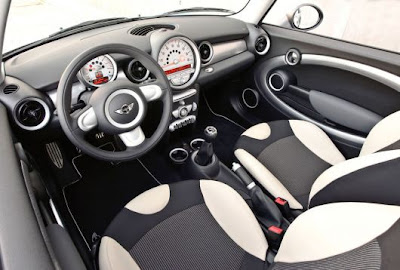





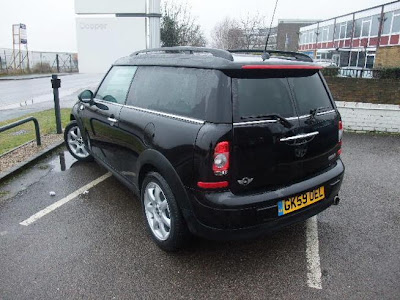

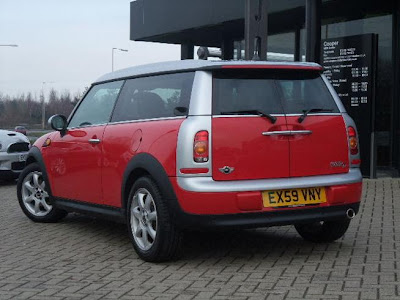


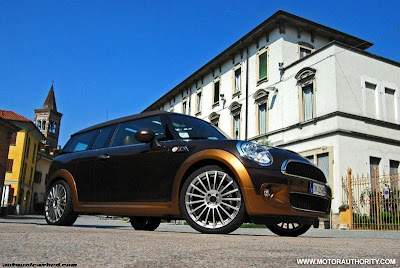


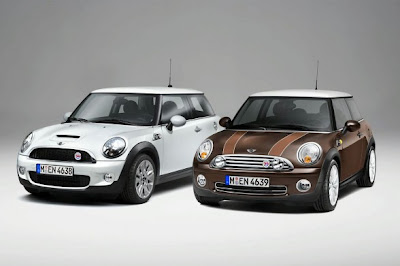

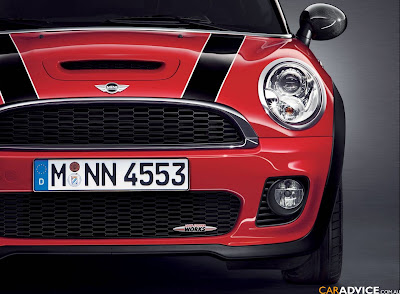
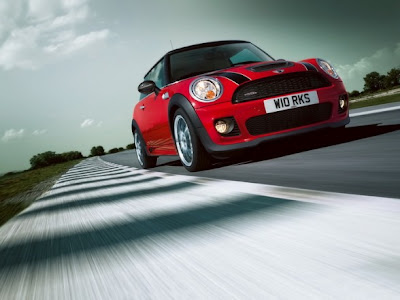

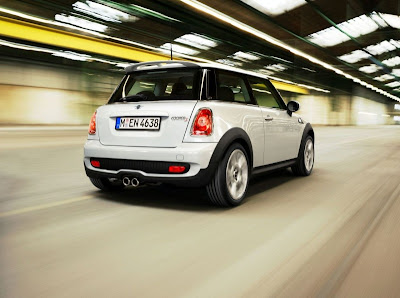



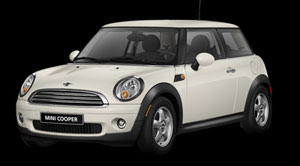

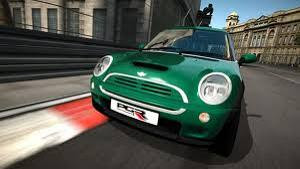
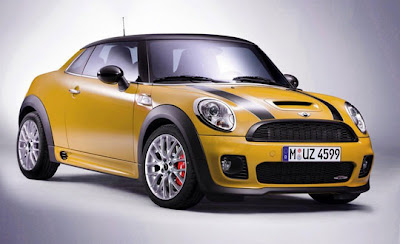

.JPG)














